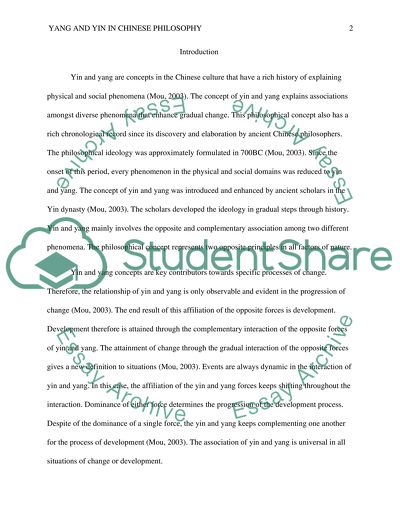Cite this document
(“What are Yang and Yin in Chinese philosophy Essay”, n.d.)
What are Yang and Yin in Chinese philosophy Essay. Retrieved from https://studentshare.org/philosophy/1497530-what-are-yang-and-yin-in-chinese-philosophy
What are Yang and Yin in Chinese philosophy Essay. Retrieved from https://studentshare.org/philosophy/1497530-what-are-yang-and-yin-in-chinese-philosophy
(What Are Yang and Yin in Chinese Philosophy Essay)
What Are Yang and Yin in Chinese Philosophy Essay. https://studentshare.org/philosophy/1497530-what-are-yang-and-yin-in-chinese-philosophy.
What Are Yang and Yin in Chinese Philosophy Essay. https://studentshare.org/philosophy/1497530-what-are-yang-and-yin-in-chinese-philosophy.
“What Are Yang and Yin in Chinese Philosophy Essay”, n.d. https://studentshare.org/philosophy/1497530-what-are-yang-and-yin-in-chinese-philosophy.


